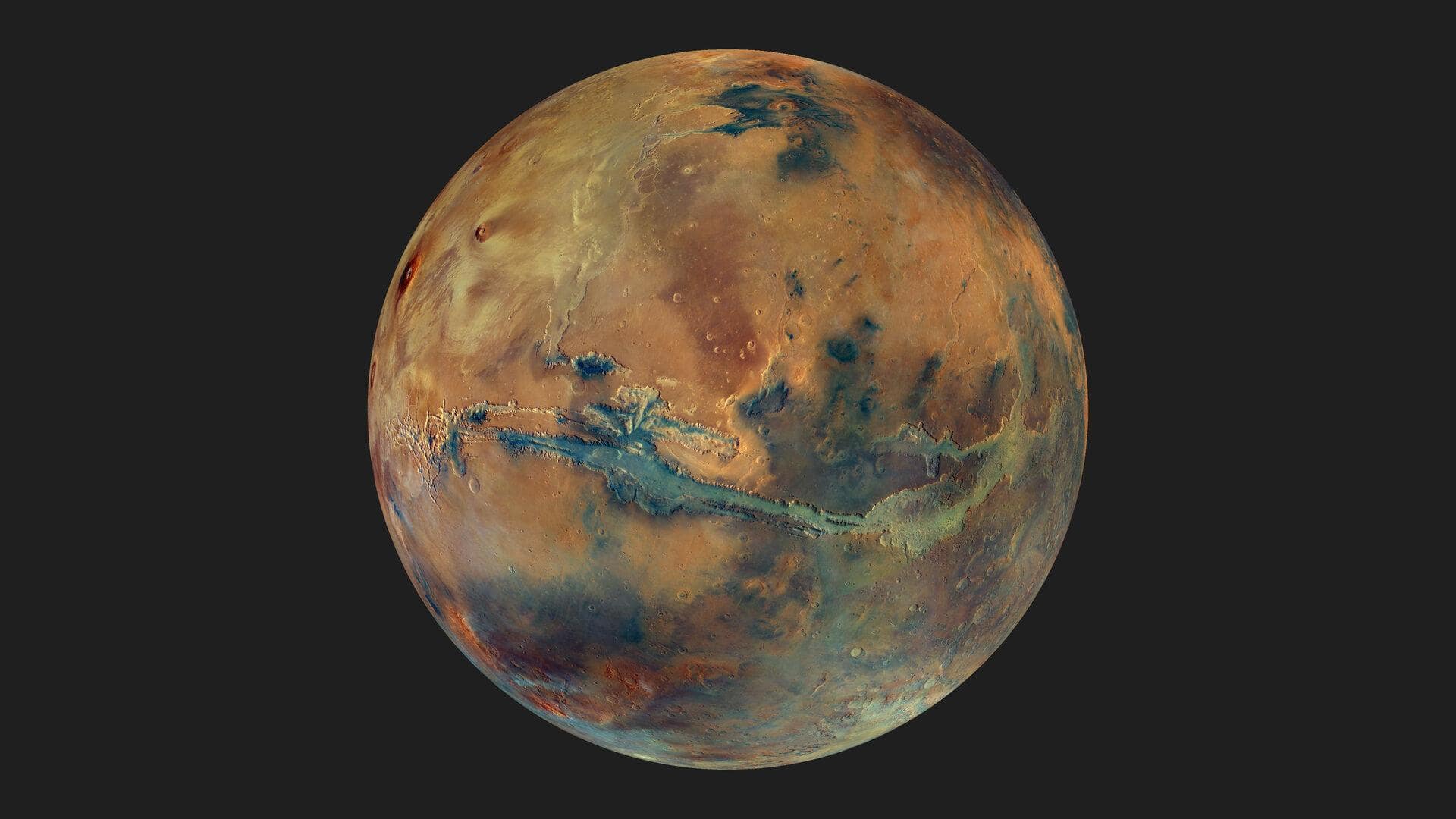
NASA has found strongest sign of ancient life on Mars
What's the story
NASA's Perseverance rover has discovered strange "leopard-spot" rocks on Mars, sparking speculation about the possibility of ancient life on the Red Planet. The mudstones were found in a dusty riverbed and are covered with unique markings that resemble leopard spots and poppy seeds. Scientists think these features could contain minerals created by chemical reactions possibly linked to ancient Martian microbes.
Investigation
Potential biosignatures found in Martian rocks
The findings from Perseverance rover meet NASA's criteria for "potential biosignatures," warranting further investigation to determine their biological origin. Professor Sanjeev Gupta, a planetary scientist at Imperial College London, and co-author of a study published in the journal Nature, said this discovery is unprecedented. He explained that they have found features in these rocks that could be explained by biology or microbial processes on Earth.
Future plans
Earth analysis needed for confirmation
The only way to confirm if these minerals were produced by microbes is by analyzing the rocks on Earth. However, a Mars sample return mission proposed by NASA and ESA now looks uncertain due to huge cuts in the US space agency's science budget. These cuts were proposed in President Donald Trump's latest budget, putting the future of this mission in jeopardy.
Mission details
Perseverance's 4-year search for ancient life on Mars
The Perseverance rover landed on Mars in 2021 to look for signs of biology. It has been exploring the Jezero Crater, an ancient lakebed with a river delta, for four years. The "leopard-spot" rocks were discovered last year at the base of a canyon formed by this river in an area called Bright Angel Formation. These 3.5 billion-year-old mudstones are fine-grained rocks made from clays and have been found to contain interesting chemistry that excited scientists right away.
Evidence
Evidence of chemical reactions similar to Earth's early days
The Perseverance rover analyzed the minerals in these rocks with several instruments on its onboard lab. The data indicated that a set of chemical reactions likely took place in the mud deposited at the bottom of a lake. Dr. Joel Hurowitz, a Perseverance mission scientist from Stony Brook University, explained these reactions seem to have occurred between the mud itself and organic matter, possibly indicating microbial activity similar to Earth's conditions.
Alternative explanations
Geological processes could also explain mineral formations
While the possibility of microbial activity is strong, scientists have also considered natural geological processes as a possible explanation for the mineral formations. However, these non-biological pathways would require high temperatures that don't seem to match with the current state of these rocks. Dr. Hurowitz said that they found some difficulties for the non-biological pathways but cannot rule them out completely, highlighting the complexity of this investigation.